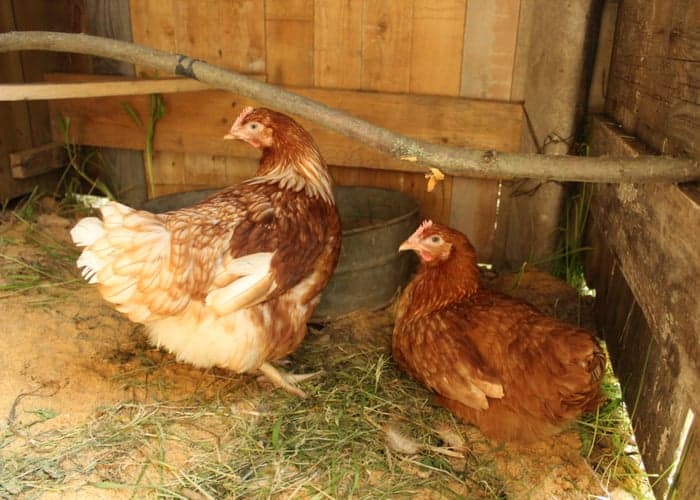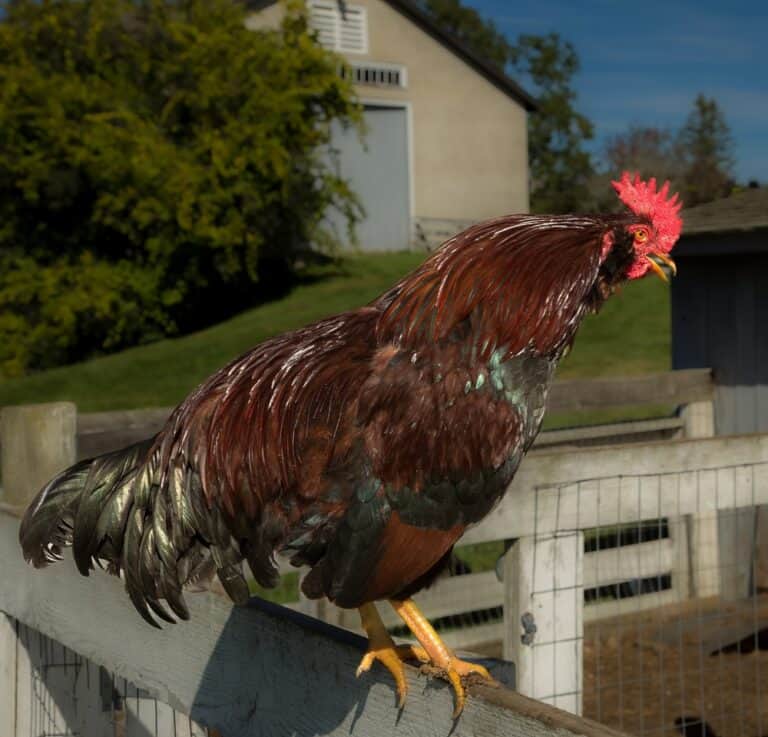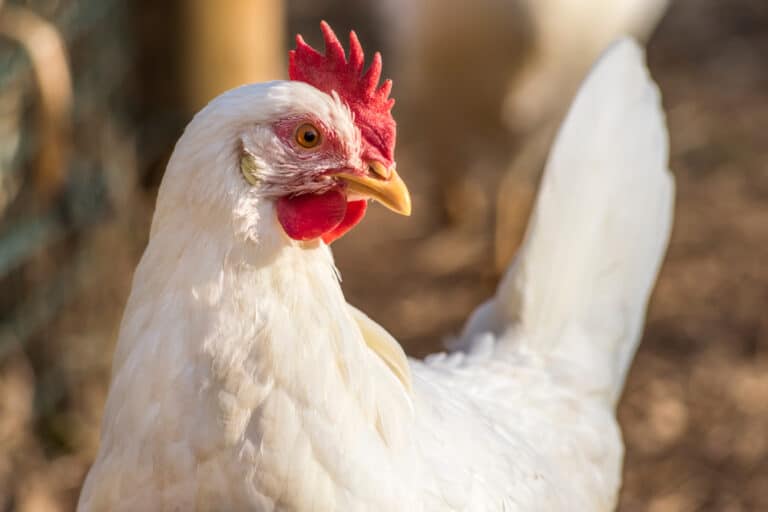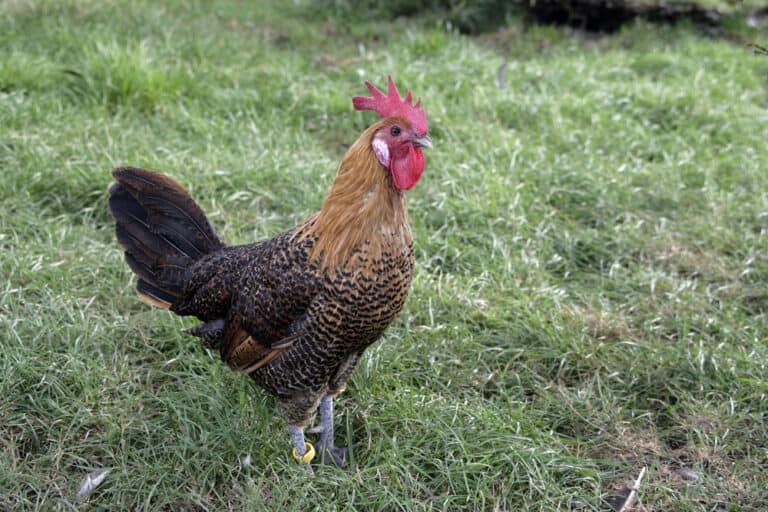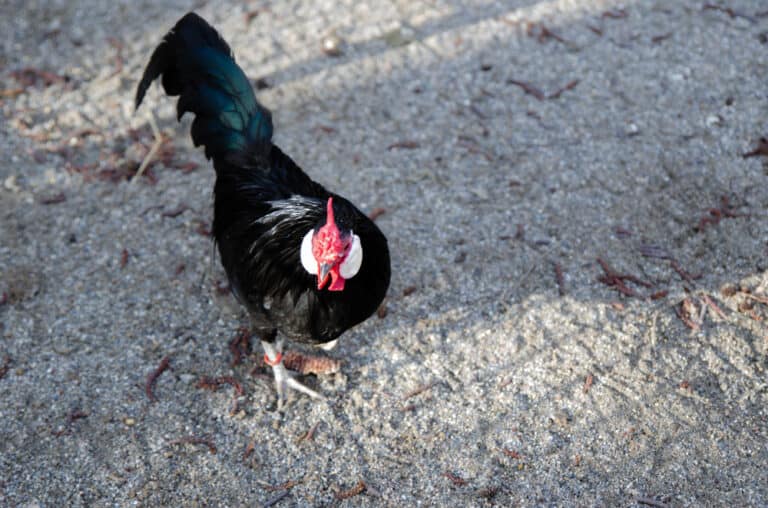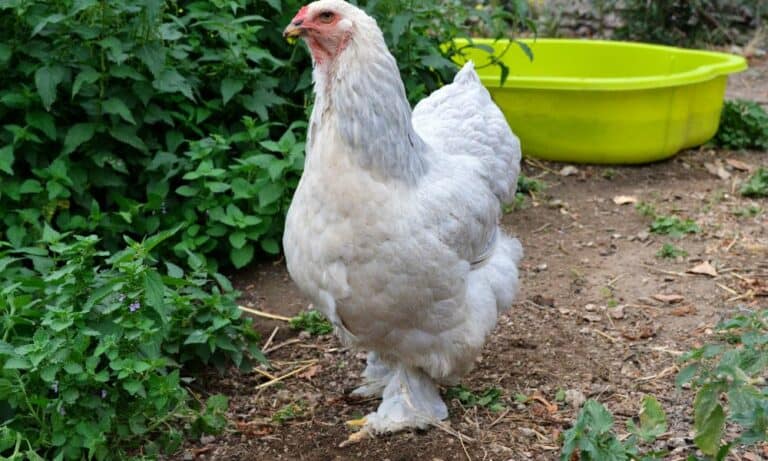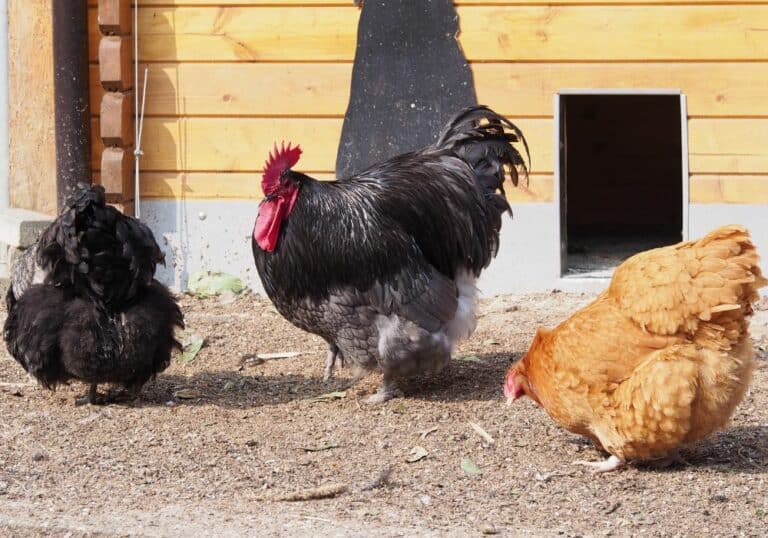Just like dogs and cats, there are many breeds of chicken. Some are bred to be excellent egg-laying hens, while others are hard workers on the farm.
But because there are so many chicken breeds out there, choosing the right one for your farm’s needs can be overwhelming. Today, we’ll talk about a common chicken breed that would be an excellent addition to any basic chicken farm—the Lohmann Brown.
Lohmann Brown chickens are iconic in the world of egg hatchery. They’re temperamental, easy to care for, and skilled at laying high-quality eggs. The best part is that they’re easily accessible to any aspiring chicken farmer.
Of course, before starting your Lohmann Brown flock, you should learn more about this chicken breed. Here’s everything you might want to know about Lohmann Browns.
History and Origin of the Lohmann Brown Chicken
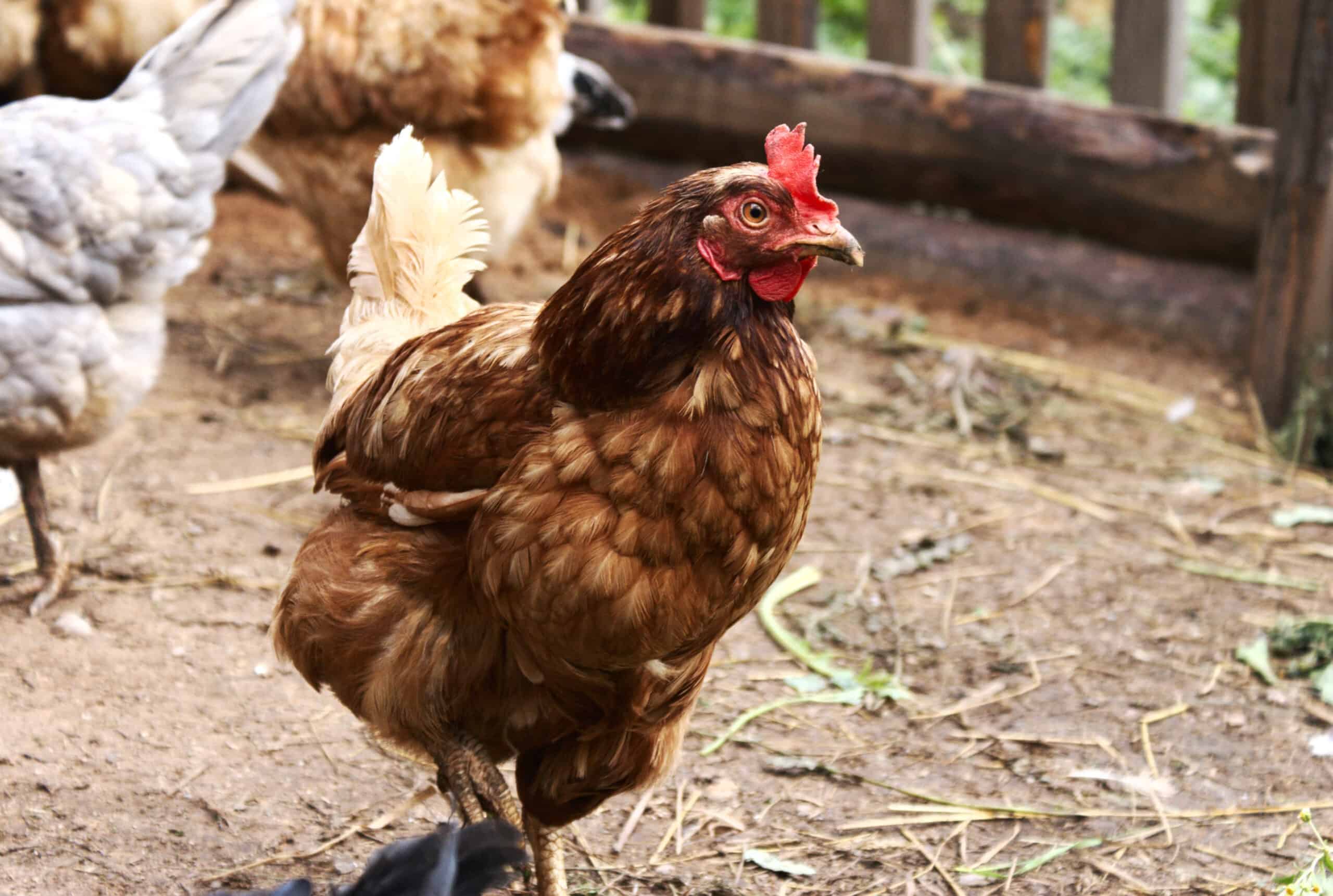
The Lohmann Brown is a common chicken breed. It is one of the oldest chicken cross-breeds to have been bred and remains incredibly popular in farms and yards today.
This breed was first developed almost a century ago by a German company called Lohmann Tierzucht. There was a high demand for egg production at the time, and farms found that they could barely keep up.
So, the company developed a hybrid of New Hampshire chickens and top-notch brown egg-laying chickens and called it the Lohmann Brown. This Lohmann hybrid chicken breed was named after the company that bred it and the color of its feathers.
Decades later, the world still turns to the humble Lohmann Brown to produce hundreds of thousands of large, brown eggs. In the modern age, it remains to be a staple in poultry farms (both domestic and industrial) for its ability to lay plenty of large, high-quality eggs.
What do Lohmann Brown Chickens Look Like?
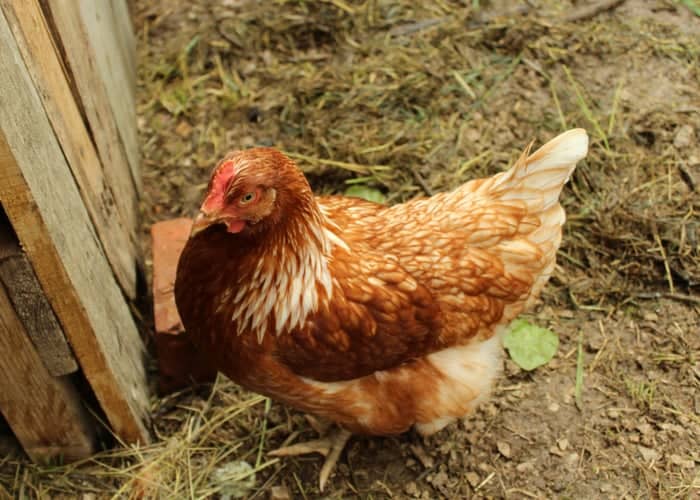
The Lohmann Brown chicken doesn’t have a particularly unique appearance. In fact, it looks pretty much like any regular farm chicken you might picture in your head.
As their name suggests, the Lohmann Brown has an orange-ish, caramel-hued shade of brown in its plumage. Sometimes, there will be a scant number of white or cream-colored feathers on their bodies too. These white feathers are usually found on their short tail feathers or around the neck.
Because Lohmann Browns are cross-bred, each of them looks different. It’s not typical to have a clock of Lohmann Brown chickens that have the exact same colors in every part of their body.
Lohmann Browns are sex-link chickens, making it easy to determine the sex of the chick as soon as it’s born. Male chicks have a pastel yellow color, while female chicks have a reddish tinge.
As adults, these chickens will have a small head, long neck, and distinctive red crest in their typical underdeveloped breast. Aside from their chest, their short legs will also look a bit underdeveloped. Many of them will have round ears, and stomachs that are even rounder!
Although Lohmann Browns are the kings and queens of the chicken coop in sheer number, they’re quite delicate. They have a thin, medium-sized frame and light bones. They have a relatively low body weight. Adult hens will weigh around 2 kg, while roosters can weigh up to 4 kg.
One reason why hens of this breed stay so light is that they are typically worn out from laying a large number of eggs. After the laying season, it’s not uncommon to see hens with fractured bones due to the burden of laying so many eggs while having a small to medium build.
Poultry Products They Can Produce
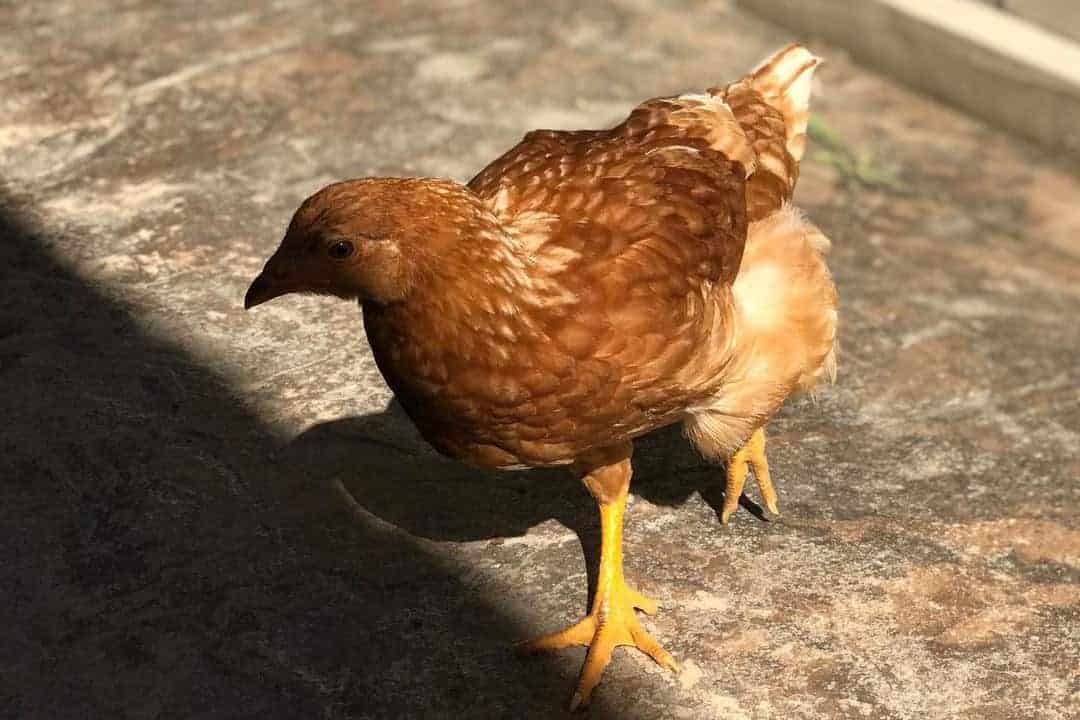
1. Brown-shell eggs
As mentioned before, Lohmann Brown hens are prolific egg layers. They were essentially put on this earth to produce a high quantity of eggs, and they do that job efficiently and gracefully. Urban farmers that intend to have an egg farm will want a flock of Lohmann Brown hens in their coop.
Because these chickens have brown feathers, the eggs they lay have brown shells. When the hens are about 19 weeks old, they will be able to start laying these eggs.
In one year, a standard 72-week-old Lohmann Brown hen will lay anywhere between 280 to 320 eggs on average. Because of this high number, many consider them the greatest hybrid layers in the egg industry.
These hens will lay eggs almost every morning, so you’ll have plenty of eggs to come by for your farm. But as the hens get older, their ability to produce many eggs each week will start to decrease. However, the size of the eggs laid by older Lohmann Brown hens is still quite large.
Want to learn more about how often a Lohmann Brown chicken lays eggs and what their life looks like on a real farm? Check out this video:
2. Chicken meat
Because the Lohmann Brown chicken was bred primarily for egg-laying, the meat quality of this breed is relatively low. That said, they can still technically produce meat, which is safe to eat. Other chicken breeds like Cornish Cross chickens are a better choice if your goal is to produce meat.
Aside from the fact that Lohmann Browns are bred for commercial egg production and not to be eaten, many farmers also actively choose not to eat them.
Some people get attached to these fowls and treat them like pets, so they can’t bear the thought of turning them into meat. Others, on the other hand, believe that Lohmann Brown meat is tougher because of the hard work the hens do laying eggs every day for years.
If you do want to produce chicken meat with your Lohmann Brown flock, make sure to feed them lots of protein. That way, you can at least improve the taste of the meat.
3. Low-cost animal feed
When these brown egg-laying hens are past their prime and are done spending their best years producing eggs, they are sometimes turned into animal feed.
Again, because Lohmann Browns are meant for egg-laying, the animal feed they produce isn’t as high-quality. At best, they can be sold for low-cost animal feed after their laying cycle is done.
Personality and Temperament of Lohmann Browns
Although Lohmann Brown chickens are highly efficient and hardworking, they also have friendly and docile personalities. They’re terrific to have on the farm as friends and can even be great pets for young children. They’re considered first-time keepers hen because of their warm personalities.
Because of their mild temperament, it’s easy to care for these chickens. They respond well when fed by hand and don’t freak out when handled and transported to the coop. They are rarely ever stressed or aggressive, so it’s always a joy to care for them.
Lohmann Browns love being with their flock. It’s always a lot of fun seeing how they interact in a yard. They’re also not particularly territorial, so fights within the flock don’t occur often.
Free-range Lohmann Brown chickens are happy to roam around and forage for food freely. It’s best not to keep them in an enclosed space 24/7.
What do Lohmann Brown Chickens Eat?
Like most chickens, it’s good for Lohmann Browns to have a combination of commercial chicken feed made and foraged meats, like insects, worms, and frogs. These proteins are very important in the diet of hens, as this can directly affect their egg-laying abilities.
Nutrition is a big part of being able to lay high-quality eggs, so be sure to feed your Lohmann Browns a balance of grains, meats, fruits, and vegetables. If they don’t have the essential nutrients, you could see a decline in the quality of their eggs.
Lohmann Brown Special Care Requirements
1. Heating and lighting
Because Lohmann Brown chickens are meant for laying eggs, they’re more sensitive to their environment—specifically with heating and lighting. They don’t do that well in cold climates; a temperature drop to 3°C can lead to frostbite and hypothermia in these sensitive hens.
During the wintertime, make sure to heat up the chicken coop so that they have a warm home. Around 35°C is the sweet spot for Lohmann Brown chickens.
They also need the appropriate amount of light to thrive. About 14 hours of daylight per day is ideal, so make sure they get to spend time outdoors each day. This directly affects how many eggs hens can produce, so make sure they get their free time in the open sun.
2. Illnesses and poor health
Like all chickens, Lohmann Browns can be vulnerable to diseases if they don’t live in clean coops. They can suffer from gastrointestinal problems, salmonella, avian influenza, and more. This usually occurs when one chicken gets sick and transmits the illness to the rest of the flock.
One sickness to look out for in your poultry is tuberculosis, which can lead to a decrease in brown egg production. It’s more common in flocks of free-range chickens. Both chickens and humans can develop tuberculosis, so be careful handling your chickens if they show symptoms of the disease.
To ensure that your Lohmann Browns are as healthy as possible, make sure to keep them up to date with vaccinations. Vaccines can prevent deadly outbreaks of diseases like fowlpox, Newcastle disease, cholera, and more.
3. Protection from predators
Aside from health issues, predators are also considered a huge safety hazard for chickens. Raccoons, snakes, coyotes, owls, foxes, and skunks are just some of the predators you must be on the lookout for on the farm.
The small size of these chickens makes them an easy target for predators to attack and gobble up. So, it’s up to you to protect your Lohmann Browns from injury and death in the hands of predators.
Here are some things you can do to keep your Lohmann Brown chickens safe against predators:
- Secure the coop with roofing, fencing, or netting so that no animals can enter
- Get a guard dog that can shoo away these animals
- Install motion-activated lights to scare away predators at night
Lohmann Brown Life Span
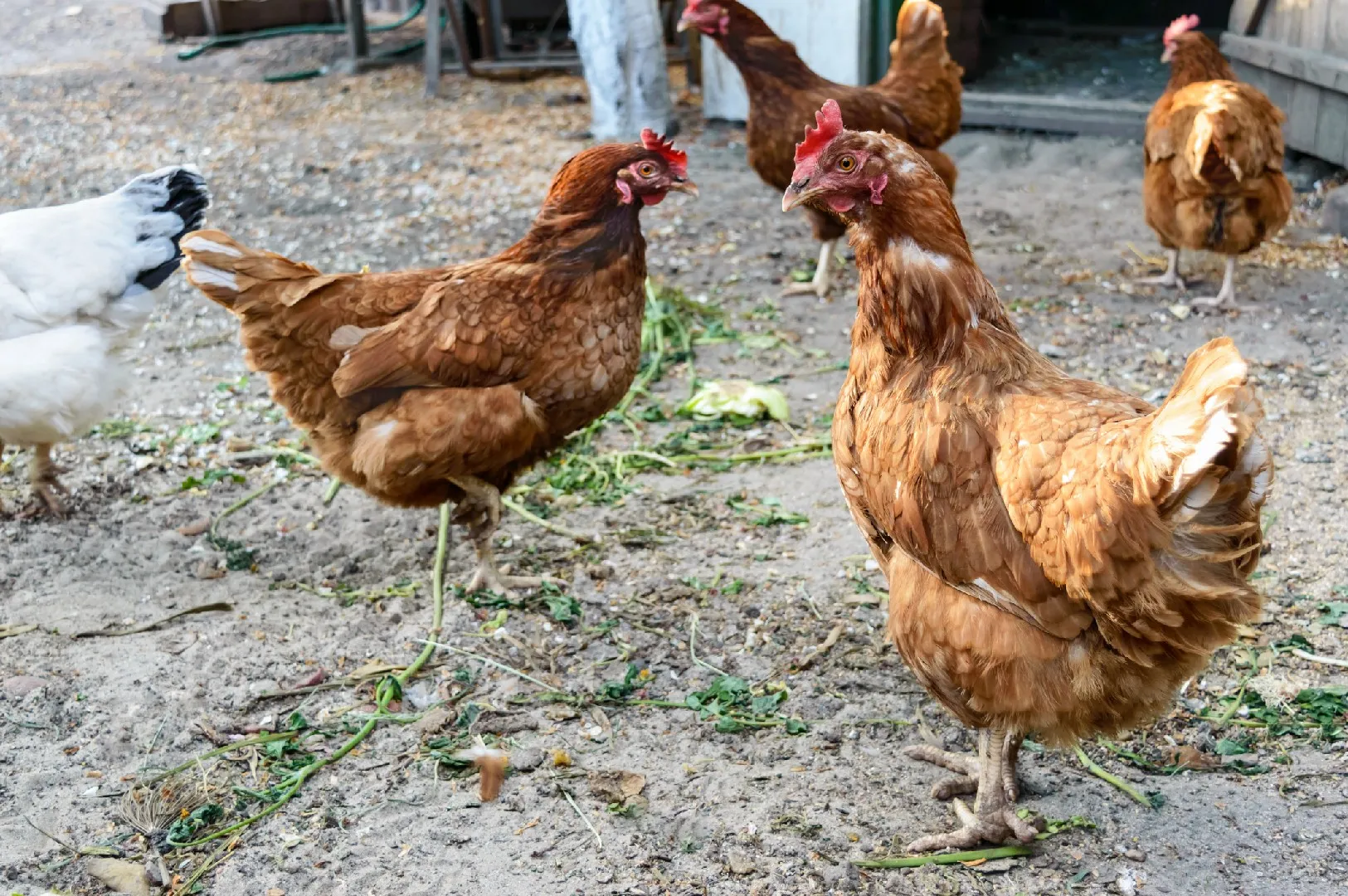
On average, a Lohmann Brown can live anywhere between five and seven years. But if they’re very healthy and are kept in clean, excellent living conditions where they thrive, they can live for up to 10 years.
This life span is quite impressive, as egg-laying hen breeds tend to have a short life expectancy. Of course, many other factors will play into your Lohmann Browns’ life span, like what food you feed them or whether they get sick a lot.
That said, the egg production of hens starts to decline after just a year of laying eggs. So, even if they haven’t lived their full life, many farmers will start to replace them as soon as they start to produce way fewer eggs than normal.
How to Get Lohmann Brown Chickens
Lohmann Brown chickens are incredibly popular today. So, it’s not that difficult to find them. If you want chickens that can assure you excellent egg productivity, investing in a flock of Lohmann Browns is very smart.
You can either get your new Lohmann Browns as day-old chicks or eggs that are about to hatch. Either way, you should only buy these from trusted and reputable hatcheries in your local area to ensure you’re getting healthy, high-quality chicks.
Before your new Lohmann Browns get to the farm, make sure you prep their home correctly. Create a warm, clean brooder area for the chicks. And if you’re getting eggs, prepare an incubator and set the temperature to about 38°C to make the hatchlings comfortable.
Conclusion
If you’re a beginner chicken farmer who wants to have backyard chickens to produce eggs, a Lohmann Brown would be perfect for you. Not only can you rely on them to lay over 300 eggs every year, but they’re super easy to care for thanks to their friendly personality.
Lohmann Browns are no-brainers if you want a fully functioning poultry farm that efficiently and consistently produces top-quality eggs. Start your flock of these chickens by contacting a hatchery and creating the optimal coop for them, and you’ll be enjoying plenty of fresh eggs in no time!
We hope you’ve learned a thing or two about Lohmann Brown chickens from this guide. If you have any questions or concerns about Lohmann Brown chickens and any other chicken breed, leave a comment down below!

